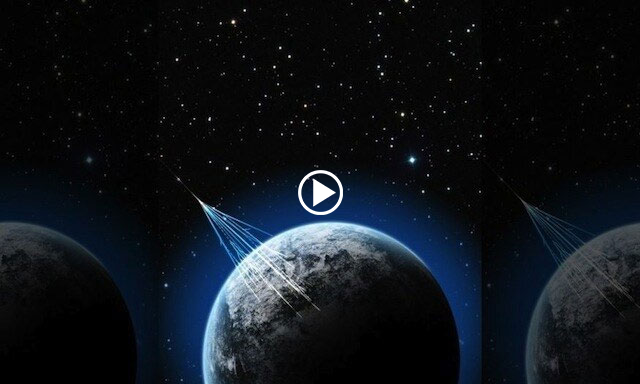The Chinese dark matter probe “Sun Wukong” has obtained new data.
Cosmic radiation or cosmic rays is a beam of high energy photons or atomic nuclei released into the Earth’s atmosphere from space and the secondary radiation produced by these particles interacting with atoms of nuclei in the atmosphere with a composition composed mainly of elementary particles. The origin of cosmic rays is still unknown, although many theories have been put forward.
According to the Xinhua News Agency, Chinese scientists have published the latest research results obtained by China’s dark matter detection satellite, dubbed “Sun Wukong” or “Hou Wang,” which may elucidate the existence of a unknown source of cosmic rays.
Chinese scientists successfully measure the energy spectrum of cosmic ray helium nuclei using four and a half years of data recorded by the “Sun Wukong” satellite, and observed the new structure of the ray energy spectrum. cosmic, according to the project team.
This is the third time that important scientific results have been released after the “Sun Wukong” satellite accurately measured the electronic energy spectrum and the energy spectrum of the high-energy proton’s cosmic ray.
The new results show that Chinese scientists have made significant progress in detecting high-energy cosmic rays.
The Earth is constantly being attacked from space by high-energy particles called cosmic rays, with important information about astrophysics.
Proton and helium nuclei make up 99% of all cosmic rays, and analysis of the energy spectrum will provide important information for physicists’ research on cosmic rays.
The results were published in the journal Physical Review Letters. According to the Xinhua News Agency, “Sun Wukong” is China’s first dark matter exploration satellite, launched in December 2015.


